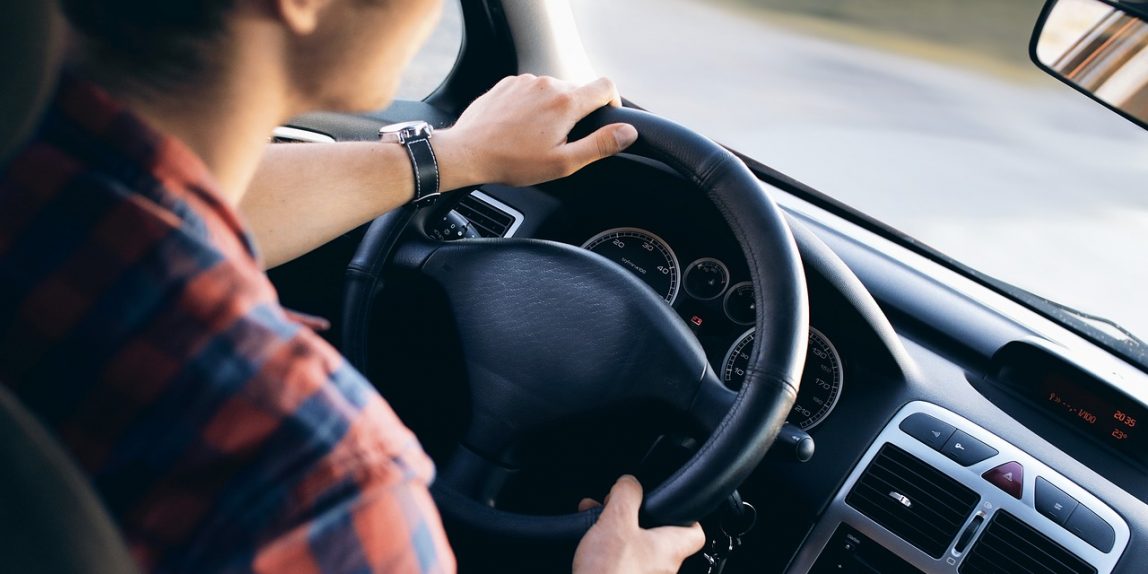1. Deciding on car insurance coverage
You need to get car insurance for your third vehicle, but you are unsure as to what type of policy will be best. This vehicle will be used by the primary and secondary driver, and possibly your teenager periodically. You want to be sure that you are sufficiently insured against any liabilities. There are various options available to you.
2. Liability insurance
Auto liability insurance is what is required by every state. All drivers must show financial responsibility if an accident should occur. Liability insurance covers the other person’s vehicle if you are responsible for an accident, but not your own. The two types of liability coverage that is necessary are the property damage liability coverage and bodily injury liability coverage. This type insurance is good if the vehicle is an older vehicle. With a newer vehicle, especially if you are still making payments, more coverage is better and required by lien holders.
3. Collision insurance coverage
This type of insurance coverage will cover the damages from an accident with another vehicle or a collision with an object. A deductible is usually required with this insurance which will take care of the cost of all damages. This insurance should be a consideration if a younger person is driving the car. Parents can rest assured that their teenager or older child is fully covered while on the highway. The coverage also includes coverage for bodily injury.
4. Comprehensive insurance for complete coverage
Having a comprehensive auto insurance policy covers your vehicle in nonaccidental instances. When your car is parked in your driveway, public parking lot, or a private facility lot, this is the insurance that covers against vandalism, storm damage, falling objects, or any damage where the cause is unknown or not present. Comprehensive and collision insurance coverage is not required by law, but are essential to ensure complete coverage for your vehicle. As stated earlier, if there is a lien holder for the car, full coverage is necessary.
5. Additional insurance coverage
Most insurance policies offer optional coverage for uninsured motorist and underinsured motorist. This additional coverage covers you in case the person responsible is not insured, or if they do not have enough insurance to cover your damages. These are not automatically added on to your policy but can be added at a low cost to you.
6. Be well informed and choose what suits your needs best
Choosing an auto insurance policy will be easy when you have all of the coverage facts. Costs will differ because there are many other options available that can be added on to the policy. One of those other options is roadside assistance. This comes in handy if you should have a breakdown, flat tire, or dead battery while on the road. Ideal coverage for the younger driver, and only costs a little to add on. Make sure that you are informed enough to make a wise, economical, and suitable choice.


